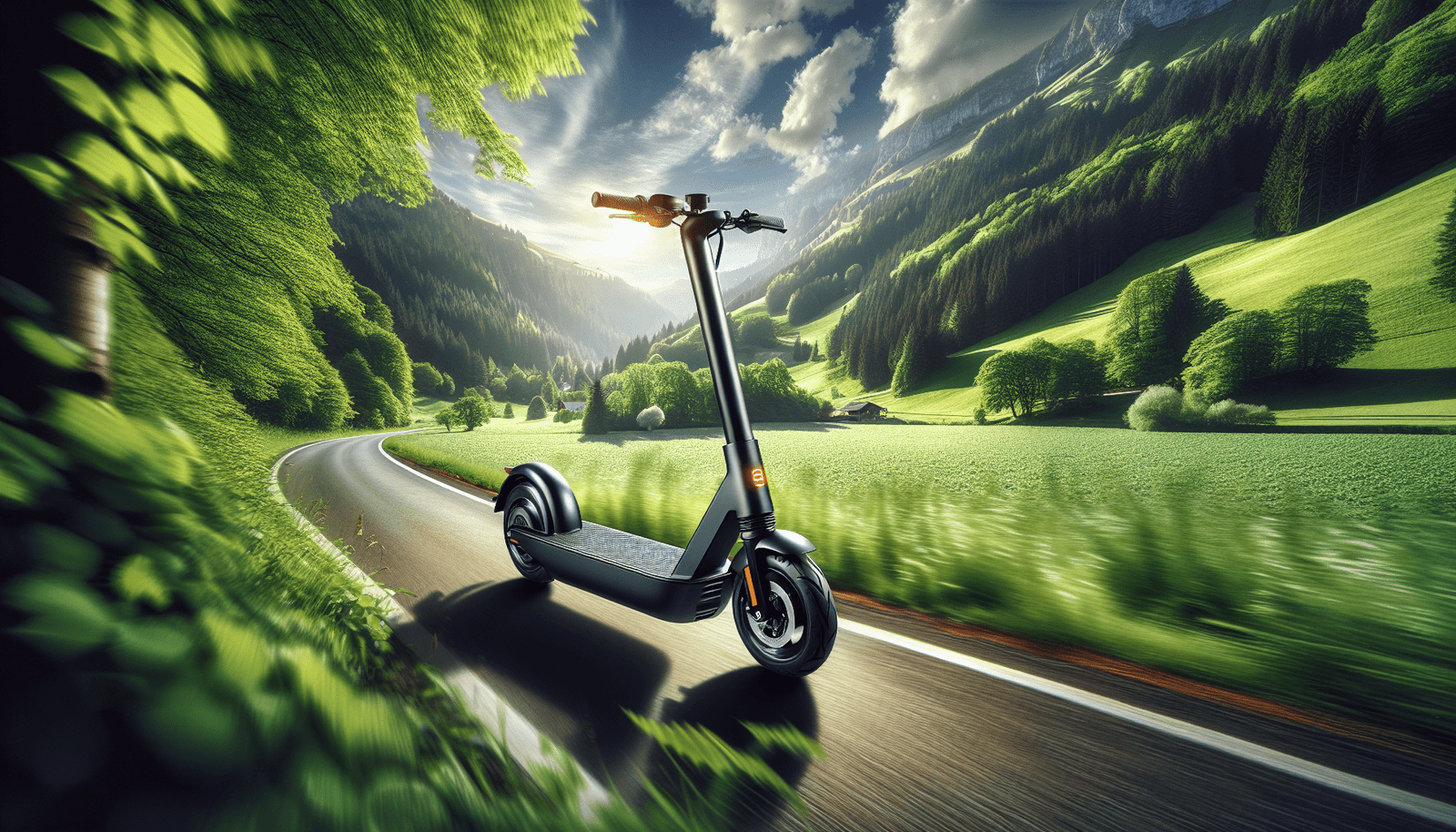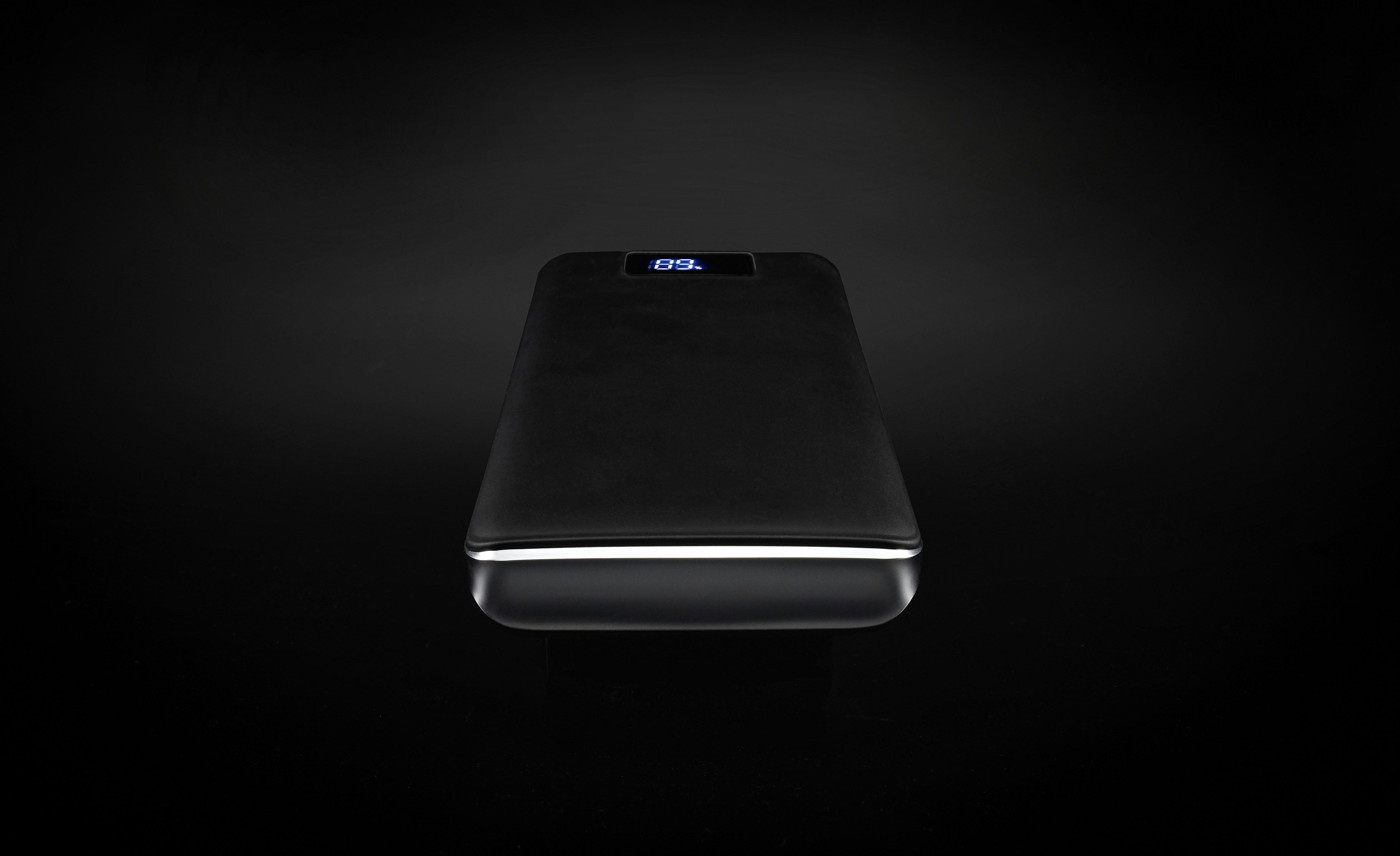Are you curious about how to extend the life of your electric scooter’s battery? Well, the ideal speed might just be the key. When it comes to maximizing the longevity of your electric scooter’s battery, finding the right balance is crucial. While speed is exhilarating, pushing your scooter to its limits may have consequences for your battery’s lifespan. On the other hand, going too slow might not be the best option either. In this article, we will explore the ideal speed range that can help you make the most out of your electric scooter’s battery and keep it running smoothly for years to come.
Factors Affecting Battery Life
When it comes to the longevity of your electric scooter’s battery, there are several factors that can influence its overall lifespan. By understanding these factors and making conscious decisions, you can optimize the battery life and ensure that you get the most out of your scooter. Let’s dive into the key factors that affect battery life.
Battery Chemistry
The type of battery chemistry used in your electric scooter plays a crucial role in determining its lifespan. There are three main types of batteries commonly used in electric scooters: Lithium-ion (Li-ion) batteries, Nickel-metal Hydride (NiMH) batteries, and Lead-acid batteries.
Lithium-ion batteries are the most commonly used in modern electric scooters due to their high energy density and long lifespan. They offer a reliable and efficient power source for your scooter.
Nickel-metal Hydride batteries, on the other hand, are less commonly used nowadays due to their lower energy density and shorter lifespan compared to Li-ion batteries. They tend to be bulkier and heavier, making them less practical for electric scooters.
Lead-acid batteries are the oldest and least efficient type of battery chemistry used in electric scooters. They are heavy, require regular maintenance, and have a shorter lifespan compared to Li-ion batteries. However, they are still used in certain low-cost electric scooters.
Battery Usage
Another crucial factor that affects battery life is how you use your electric scooter’s battery. Understanding battery cycles and optimizing its range can significantly impact its overall lifespan.
Battery cycles refer to the number of times the battery can be charged and discharged before it starts to degrade. It’s important to avoid deep discharges, where the battery is almost completely drained before recharging. Optimal battery range is usually between 20% to 80% of its capacity. By avoiding both deep discharges and high-capacity charges, you can extend the lifespan of your scooter’s battery.
Operating Temperature
Operating temperature can have a significant impact on the performance and lifespan of your electric scooter’s battery. Extreme temperatures, whether hot or cold, can cause the battery to degrade faster.
In cold temperatures, the internal resistance of the battery increases, reducing its capacity and overall performance. It’s best to avoid operating your electric scooter in extremely cold weather conditions to prevent unnecessary strain on the battery.
On the other hand, high temperatures can also negatively affect battery life. Heat speeds up the chemical reactions inside the battery, which can cause it to degrade at a faster rate. It’s essential to avoid exposing your electric scooter to excessive heat, such as leaving it under direct sunlight for extended periods.
Maintaining an ideal operating temperature between 20 to 25 degrees Celsius (68 to 77 degrees Fahrenheit) is recommended for optimal battery performance and longevity.
Charging Habits for Battery Life
How you charge your electric scooter’s battery can also impact its overall lifespan. In order to maximize battery life, it’s important to follow certain charging habits.
Firstly, avoid overcharging your battery. Once your battery reaches its maximum charge, unplug it from the charger to prevent any potential damage or degradation.
Regular charging, rather than occasional deep charging, is generally preferred for battery longevity. It’s best to charge your electric scooter’s battery whenever it reaches around 20-30% capacity, rather than waiting for it to fully discharge.
Finding the ideal charge levels for your battery can also help extend its lifespan. As mentioned earlier, avoid deep discharges and high-capacity charges. Staying within the recommended range of 20% to 80% is optimal for battery performance and longevity.
Maintaining a Moderate Speed
The speed at which you ride your electric scooter can have a direct impact on its battery life. Both high speeds and low speeds can have their effects on the battery.
Riding at high speeds continuously can drain the battery faster due to increased power consumption. If you want to extend your scooter’s battery life, consider maintaining a moderate speed that allows for energy efficiency.
Similarly, riding at extremely low speeds can also have a negative impact on battery life. The scooter may struggle to maintain momentum, leading to increased power consumption and a shorter battery life.
Finding the optimal speed range for your electric scooter, where it operates at maximum efficiency, can significantly extend the battery life. Experimenting with different speeds and observing the battery’s performance can help you find the ideal speed range.
Optimizing Speed for Battery Efficiency
In addition to maintaining a moderate speed, there are other factors to consider when optimizing your electric scooter’s speed for battery efficiency.
Frequent stop-and-go riding can drain the battery faster as compared to maintaining a steady pace. Every time you accelerate and decelerate, the battery has to provide the necessary power, which can shorten its lifespan.
Utilizing cruise control, if available on your electric scooter, can help maintain a constant speed and reduce sudden power demands. This can help improve battery efficiency and extend its overall lifespan.
Finding the optimal speed for efficient battery usage is a balance between maintaining a steady pace and avoiding unnecessary power demands.
Effect of Terrain and Elevation
The terrain and elevation you travel on can also affect the battery life of your electric scooter.
Uphill travel requires more power from the battery, as the scooter has to work harder to overcome the incline. This increased power demand can drain the battery faster and shorten its overall lifespan.
Similarly, rough terrain can also put additional strain on the battery. The scooter’s motor has to work harder to provide stability and deal with uneven surfaces, resulting in increased power consumption.
When riding on varying terrains, it’s important to strike a balance between speed and power demand. Riding at a steady pace and avoiding unnecessary strain on the scooter’s motor and battery can help extend battery life.

Influence of Weight and Load
The weight of the rider and any additional cargo can have an impact on the battery life of your electric scooter. The heavier the load, the more power the battery has to provide to maintain the desired speed.
Carrying excess weight can lead to decreased efficiency and a shorter battery life. It’s recommended to stay within the weight limit specified by the manufacturer to ensure optimal performance and longevity of the battery.
Finding the optimal load for your electric scooter can help maximize battery efficiency and extend its overall lifespan.
The Importance of Regular Maintenance
Regular maintenance is crucial for optimizing the battery life of your electric scooter. A well-maintained scooter can perform at its best and ensure that the battery remains in good health.
Proper tire inflation is one aspect of maintenance that can contribute to battery efficiency. Underinflated tires can cause increased friction, requiring more power from the battery to maintain speed. Keeping the tires properly inflated can help reduce power consumption and extend battery life.
Inspecting and cleaning battery connections regularly is also essential. Over time, dust and debris can accumulate, causing resistance and potential connectivity issues. By keeping the battery connections clean and free from any obstacles, you can ensure optimal battery performance.
Regularly checking the overall health of the battery is crucial in maintaining its lifespan. If you notice any significant degradation or abnormal behavior, it’s wise to consult a professional or refer to the manufacturer’s guidelines.
By following proper maintenance practices, you can prolong the life of your electric scooter’s battery and ensure optimal performance throughout its lifespan.
In conclusion, understanding the various factors that affect battery life and making conscious decisions can significantly extend the lifespan of your electric scooter’s battery. From the type of battery chemistry to operating temperature, charging habits, speed optimization, and proper maintenance, every aspect plays a crucial role in preserving battery efficiency. By implementing these practices, you can maximize the battery life of your electric scooter and enjoy many rides without worrying about premature battery degradation.





